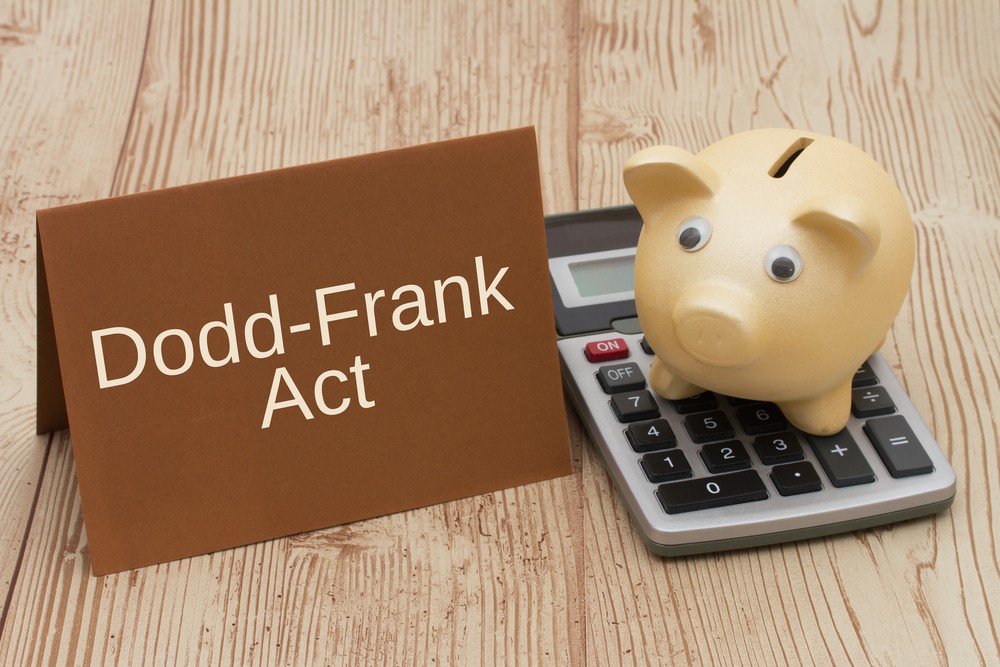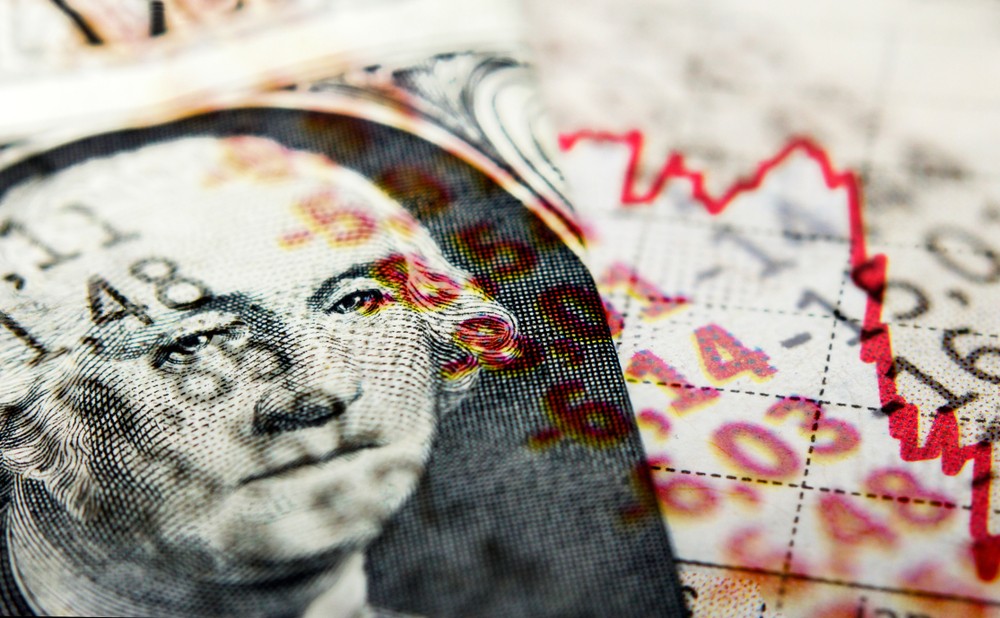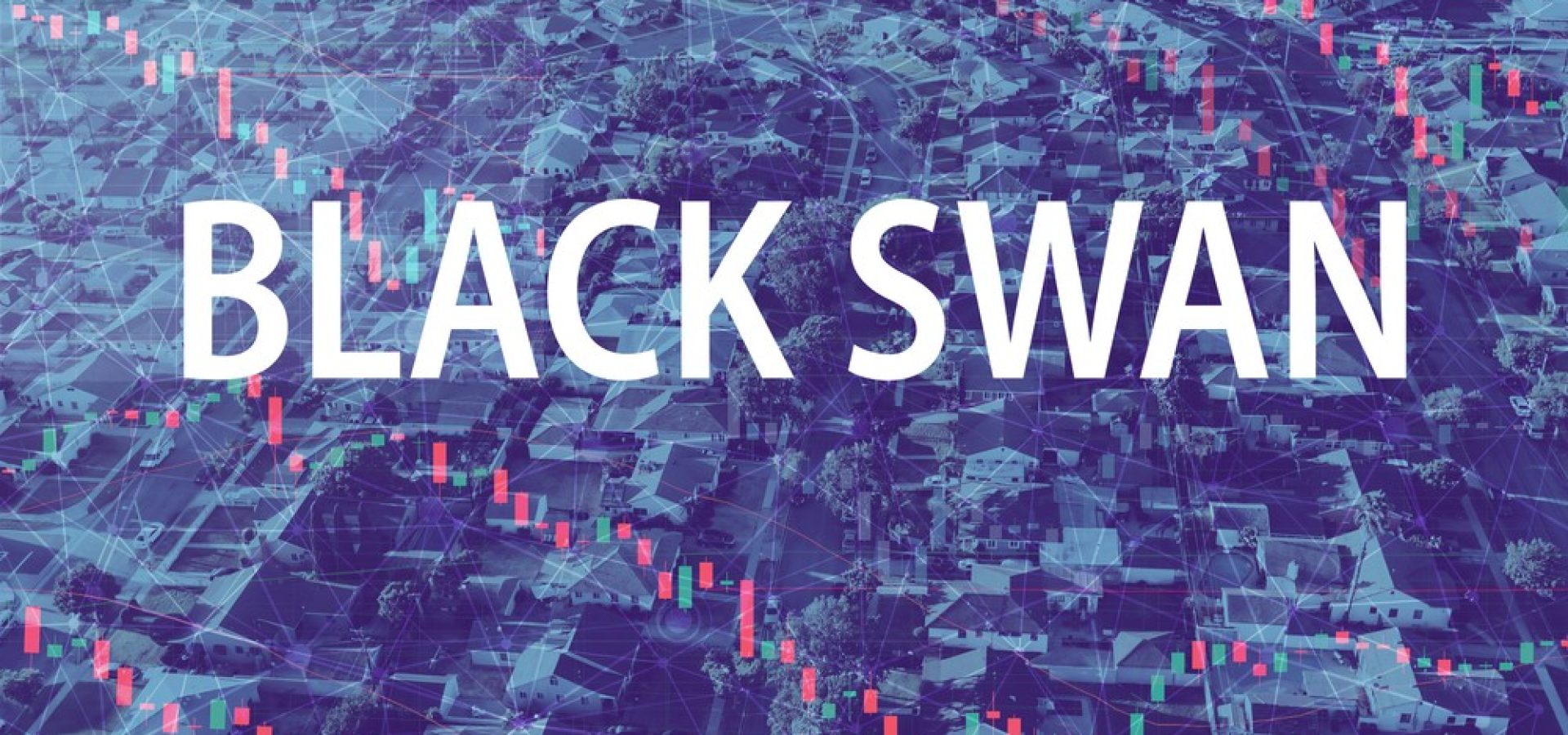A Black Swan event refers to an unpredictable occurrence that is beyond what is normally expected of a situation and has potentially severe consequences. Black Swan events are characterized by their extreme rarity, their severe impact, and the widespread insistence they were obvious in hindsight. What about the Black Swan housing market crash?
Let’s start from the beginning. The term was popularized by Nassim Nicholas Taleb, a finance professor, writer, and former Wall Street trader, in his 2007 book “The Black Swan: The Impact of the Highly Improbable.”
Black Swan housing market crash
The 2008 housing market crash serves as a quintessential example of a Black Swan event in the financial world. This crash had profound effects on the global economy, leading to the Great Recession, and its consequences were felt worldwide for years.
To understand why this crash qualifies as a Black Swan event and to analyze its implications, it’s important to delve into its causes, unfold its developments, and reflect on its aftermath and lessons learned.
Causes and precursors
It is important to take into account all factors when it comes to the Black Swan housing market crash.
An era of unprecedented expansion in the housing market preceded the housing market crash. This boom was fueled by low interest rates, deregulation in the banking sector, and innovative but risky financial products.
Mortgage-backed securities (MBS) and collateralized debt obligations (CDOs), which repackaged mortgages into investable assets, allowed for the widespread distribution of credit risk.

These financial innovations, coupled with an overly optimistic belief in the perpetual rise of real estate values, created a fragile financial ecosystem.
Banks and financial institutions engaged in increasingly risky lending practices, including subprime lending to borrowers with poor credit histories. This was underpinned by the assumption that housing prices would continue to rise, thereby mitigating the risk of default. The regulatory environment, marked by a significant degree of deregulation and lack of oversight over the burgeoning derivatives market, further contributed to the crisis.
The crash unfolds
The bubble began to burst when housing prices started to fall, leading to a dramatic increase in mortgage defaults. As the value of the securities tied to real estate plummeted, financial institutions around the world faced unprecedented losses.
This triggered a crisis of liquidity and confidence, leading to the collapse or near-collapse of several major banks and financial institutions. The Lehman Brothers bankruptcy in September 2008 marked a pivotal moment, dramatically escalating the crisis and leading to a severe credit crunch that affected economies worldwide.
Impact and aftermath
The immediate aftermath of the housing market crash was the Great Recession, the most severe global economic downturn since the Great Depression. Unemployment rates soared, businesses failed, and global trade declined significantly.
Governments around the world responded with unprecedented fiscal stimulus measures and monetary policy interventions to stabilize markets and stimulate economic recovery.
Dodd-Frank Wall Street Reform

The housing market crash also led to a reevaluation of financial regulatory frameworks. In the United States, the Dodd-Frank Wall Street Reform and Consumer Protection Act was enacted in 2010 to increase regulation of the financial industry and reduce the risk of a similar crisis occurring in the future. Globally, there was a push for greater transparency and risk management practices in the banking sector.
The Dodd-Frank Wall Street Reform and Consumer Protection Act, enacted on July 21, 2010, stands as one of the most significant pieces of financial regulation in the United States since the Great Depression. It was introduced in response to the 2008 financial crisis, with the aim of preventing future financial catastrophes.
Named after its sponsors, U.S. Senator Christopher J. Dodd and U.S. Representative Barney Frank, the act addresses the myriad of issues believed to have contributed to the financial turmoil, including lax regulation, opaque financial markets, and the too-big-to-fail doctrine.
Consumer Protection Act
Dodd-Frank is comprehensive in scope, spanning over 2,300 pages and comprising numerous provisions that affect all federal financial regulatory agencies and almost every aspect of the nation’s financial services industry.
Key components of the act include the creation of the Consumer Financial Protection Bureau (CFPB) to oversee and enforce consumer protection laws; the establishment of the Financial Stability Oversight Council (FSOC) to identify risks to the financial stability of the United States; and the introduction of more stringent regulatory measures for banks and other financial institutions, including enhanced standards for capital, leverage, and liquidity.
The act also introduces the Volcker Rule, which limits the types of speculative investments banks can engage in, essentially separating investment and commercial banking activities to reduce systemic risk.
Furthermore, it mandates greater transparency and accountability in the derivatives market, a key element in the chain of events leading to the financial crisis.
Reflections and lessons learned
The case of the Black Swan housing market crash underscores the limitations of predictive models and the danger of relying on historical data to forecast future trends. Taleb’s concept emphasizes the importance of preparing for the improbable and developing robust systems that can withstand extreme shocks.
One of the key lessons from the crisis is the critical need for comprehensive oversight and regulation of financial markets, particularly with regards to complex financial instruments like MBS and CDOs. The crisis highlighted the interconnectedness of global financial markets and the cascading effects that the failure of a single institution can have on the global economy.

Another important lesson is the necessity of maintaining prudent lending standards and the dangers of excessive leverage and speculative bubbles fueled by unfounded optimism. It also demonstrated the importance of having emergency protocols and contingency plans in place to manage financial crises and mitigate their impact.
To sum up, the 2008 housing market crash exemplifies a Black Swan event in its unpredictability, severity, and post-event rationalization. It serves as a stark reminder of the complexities and inherent risks of the financial system. Analyzing this event offers valuable insights into the importance of vigilance, regulation, and resilience in the face of uncertainty.
As societies and economies continue to evolve, the lessons learned from the housing market crash remain relevant, emphasizing the need to anticipate the unanticipated and prepare for the improbable to avert future crises of similar or greater magnitude.









COMMENTS